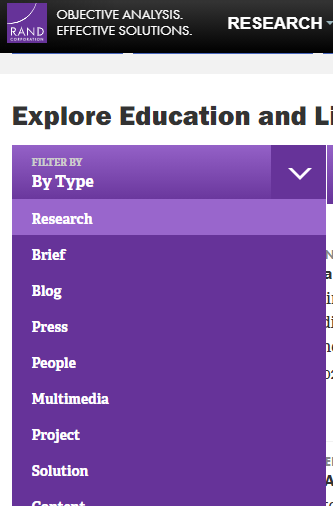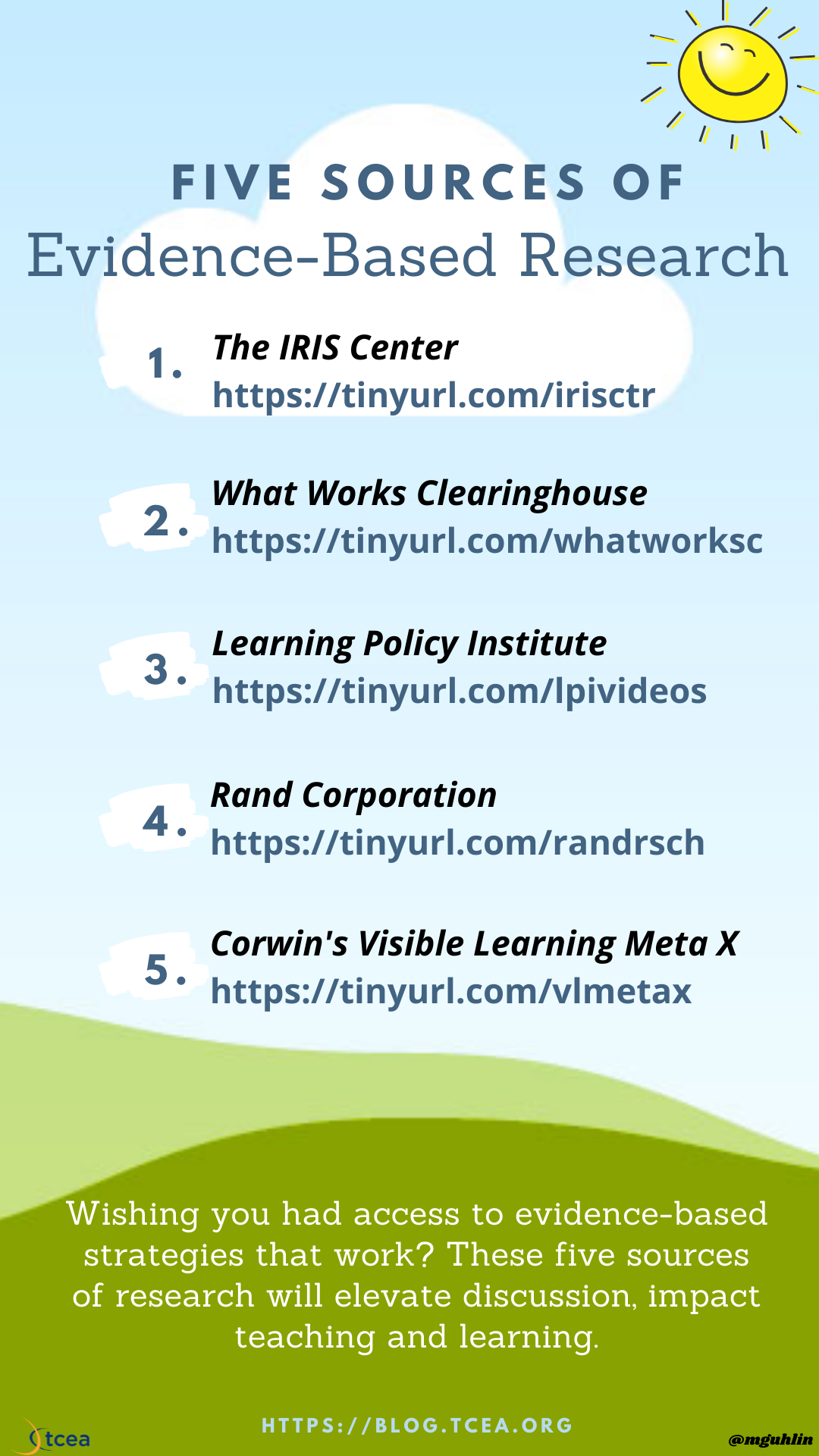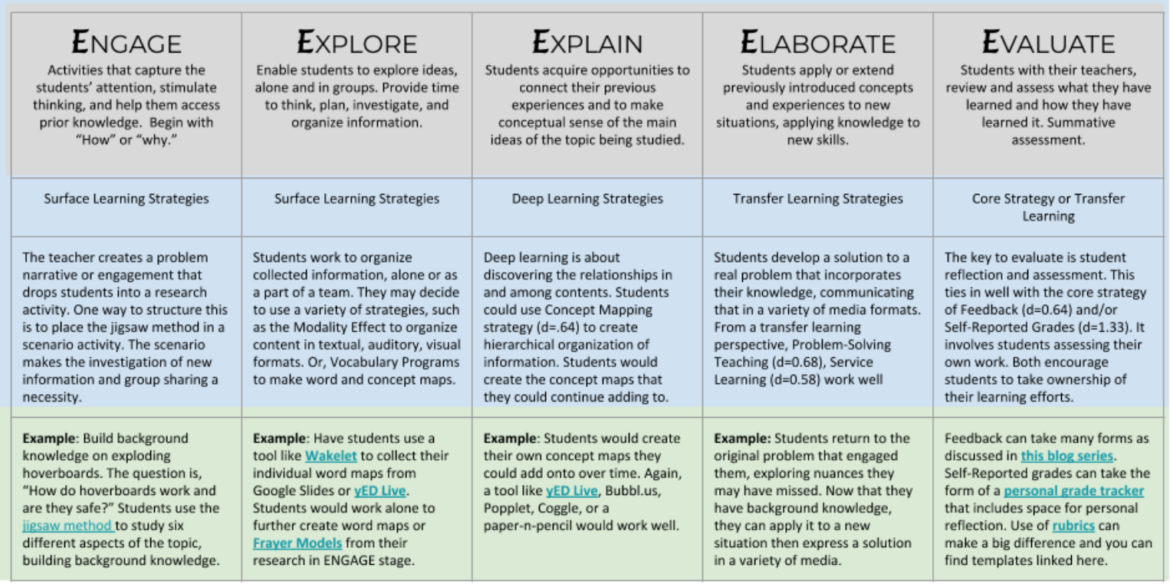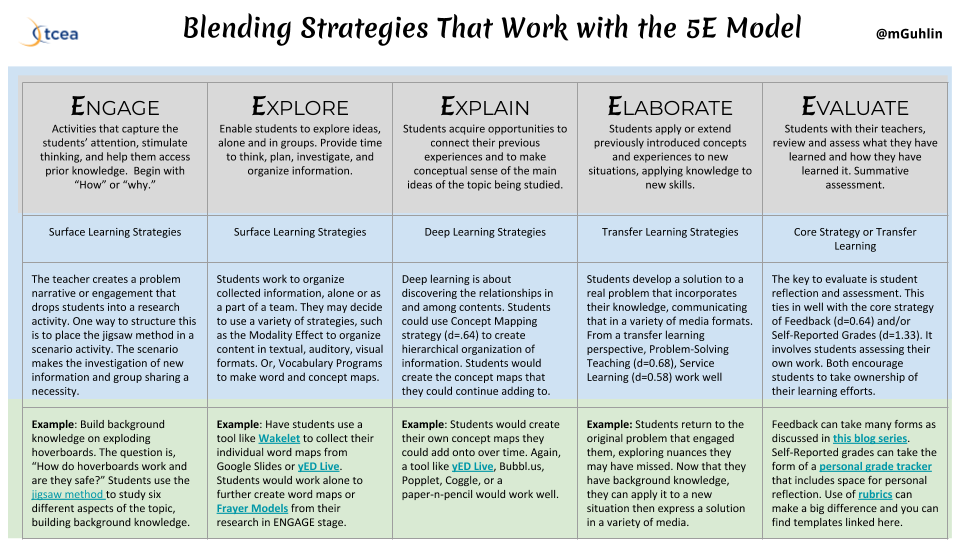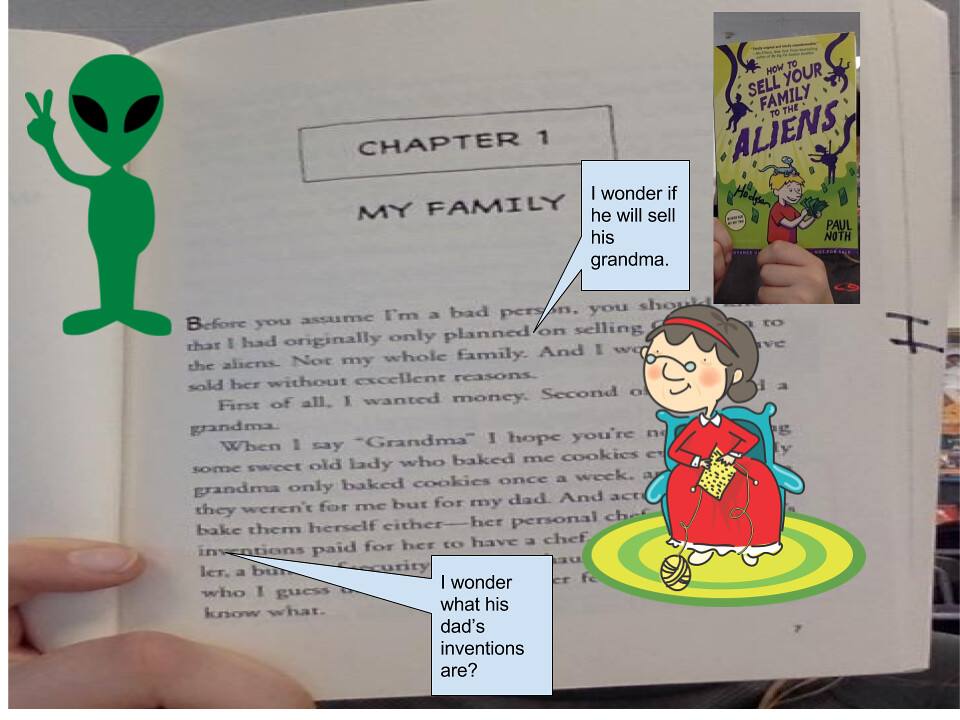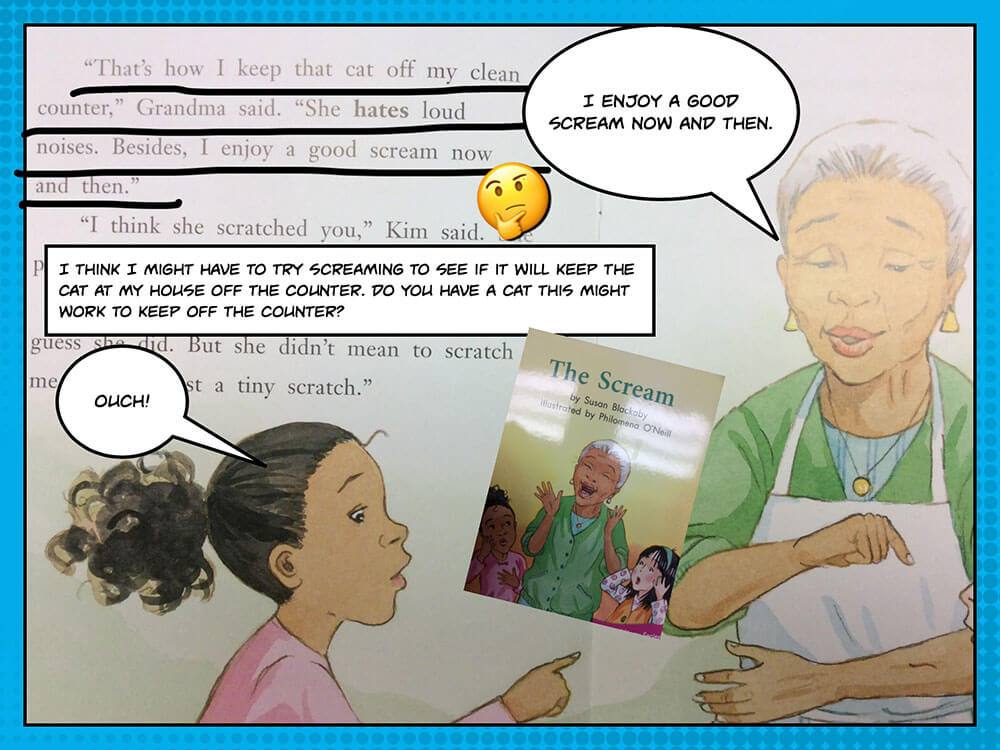Like Leonardo Da Vinci, we must base our practice on sound theory. When we don’t, we fail to improve the thinking that underlies our efforts. How can educators find research shown to work in practice?
“Practice must always be founded on sound theory. Those who are in love with practice without theoretical knowledge are like the sailor who goes onto a ship without rudder or compass and who never can be certain wither he is going” (Source: Leonardo Da Vinci, 1510, as cited).
In the article the Da Vinci quote appears in, the author suggests five techniques to think better. Let’s explore the first in light of evidence-based, instructional strategies. This may provide some insight into why they work so well.
Technique #1 – Practice Negative Visualization
This is an approach where you imagine the effects of poor teaching. The goal is to develop more detailed plans that take into account what could go right as well as what might go wrong.
An Example of Negative Visualization
I am often reminded of when I first became aware of this technique. The principal at my elementary school in a small urban, inner-city district introduced me to it. “Let’s take a moment to write down everything that could go wrong.” At the time, we were planning on networking a computer lab with AppleTalk.
After a few minutes of brainstorming and throwing ideas at the wall, we had a list of possible problems. We then spent some time adjusting our plans to include workarounds or solutions. I later came to see this as a list of roadblocks and detours. Over the years, I’ve often listed roadblocks to spotlight obstacles. Then, brainstormed with the team on how to solve them.
Why Thinking Is So Hard
“That’s not going to happen,” I would sometimes hear from my team. This often resulted when a team member’s enthusiasm (or mine) interfered with thinking. We anticipated desirable results with little evidence about what would happen. We had visualized success and the benefits. We had a story about how great things would be. We were counting our chickens before the eggs hatched. “Nothing great was ever achieved without enthusiasm,” says Ralph Waldo Emerson. We must also plan for the unexpected.
Planning for the Unexpected
Adopting negative visualization was hard for me as a leader because I’m a “get it done” type of person. It meant planning for the unwanted and the unexpected. I don’t want to meditate long or deal with the conflict of figuring out why things won’t work. That’s a problem, right? I end up like the sailor in Da Vinci’s quote.
A process one can follow includes:
- Identify projects you are wanting to start or are working on.
- List the goals for each project.
- Write down roadblocks to achieving each project’s goals.
- Spend time asking yourself, “What detour could I put in place to circumvent this roadblock?” Write down the answer.
- Decide what you might do if your detour is unsuccessful. How would that change the trajectory of your project?
Implementing negative visualization can improve your project management. It’s also a technique students can adopt.
“Nothing happens to the wise man against his expectation,” he wrote to a friend. “. . . nor do all things turn out for him as he wished but as he reckoned. And, above all he reckoned that something could block his plans.” (Source: Seneca, as cited)
What’s amazing, is that I overcome roadblocks through dumb brute persistence when learning. What if I took the time to get improve my thinking when learning? Over time, by improving how I approach learning new things, I can cut the pain of learning out. Or at the very least, realize that the process I am going through is normal. This eliminates the painful suffering that results from thinking, “I am inept. I am stupid. I am an imposter.” Instead, I find that I can plan for failure during learning.
Connecting Negative Visualization to Research
One evidence-based strategy that is powerful for students is Self-Reported Grades. Why is this is such a powerful instructional strategy? It puts the power of predicting progress towards meeting set goals in students’ hands. But it also gives you, as the teacher, the ability to encourage thinking improvement.
Encouraging Thinking Improvement
For students, there’s a certain power in negative visualization. Sure, they externalize their thinking, making it open for you to tinker with. It also has them stepping back from their goal(s) to do some cogitating. If you engage in negative visualization, you do the following:
- Think and reflect about your goal, whether it’s the right goal.
- List out what you are going to do to achieve that goal.
- Ask yourself how it is possible to achieve it.
- Reflect on your steps and afterward.
- Collect data through your own efforts and from others.
- Draw conclusions and then apply them to your efforts to become more successful.
No doubt, the strategy of Self-Regulation (d=0.54) is also relevant here. The Visible Learning Meta X database defines it in this way:
Self-regulated learner requires motivation (for instance, to attempt to solve a math problem), cognition (to think through the problem), and metacognition (to review whether they are performing the task correctly).
Get students to engage in negative visualization about their learning goals. When you can see what students are learning, you can push their learning. As students engage in prediction about how well they are going to do, they learn to self-regulate.
Rubrics for Self-Assessment
You may already be familiar with how well checklists and rubrics work, and why. I like Atul Gawande’s The Checklist Manifesto. Watch this summary for how to put checklists in place in your own life.
When students create a rubric, they are creating a checklist for success. Tools abound to make this process easier. Take the time to do the following:
- Identify the learning goal
- List key steps (with support from the teacher) to achieve it
- Identify what may go wrong and
- Write down your plan for overcoming roadblocks with detours
Find Your Way
This blog entry is the first in several applying popular techniques. These techniques come from philosophy and lend themselves to alignment with evidence-based teaching. Knowing the strategies that work in the classroom can provide a compass and help you find your way.
Feature Image Source
Created by author



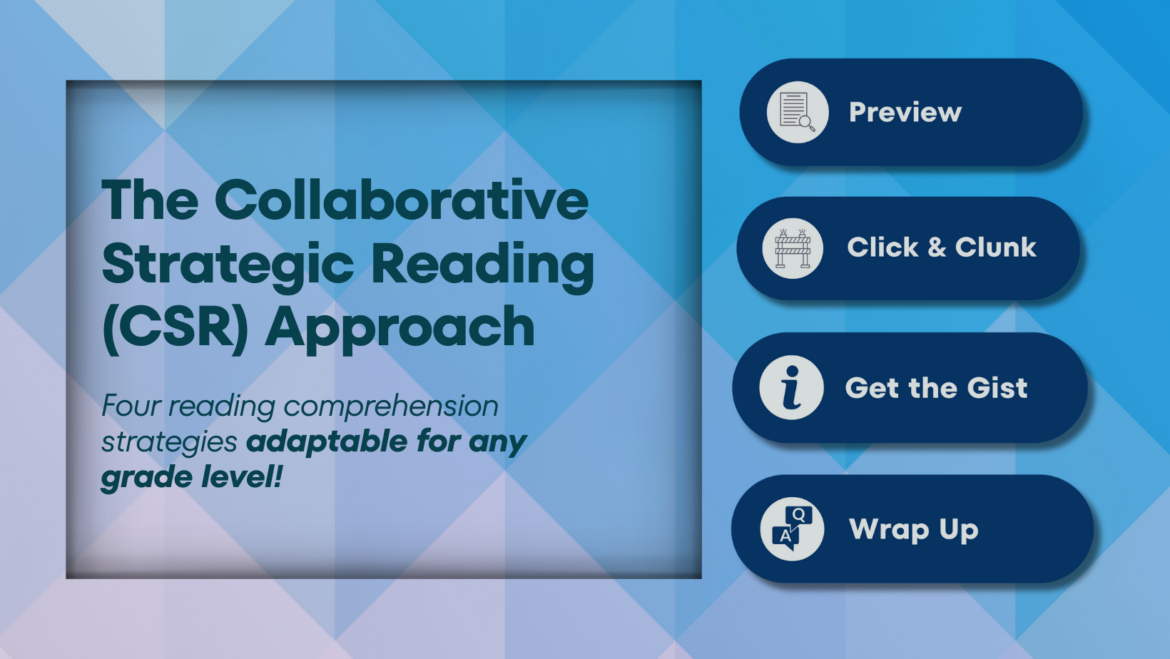
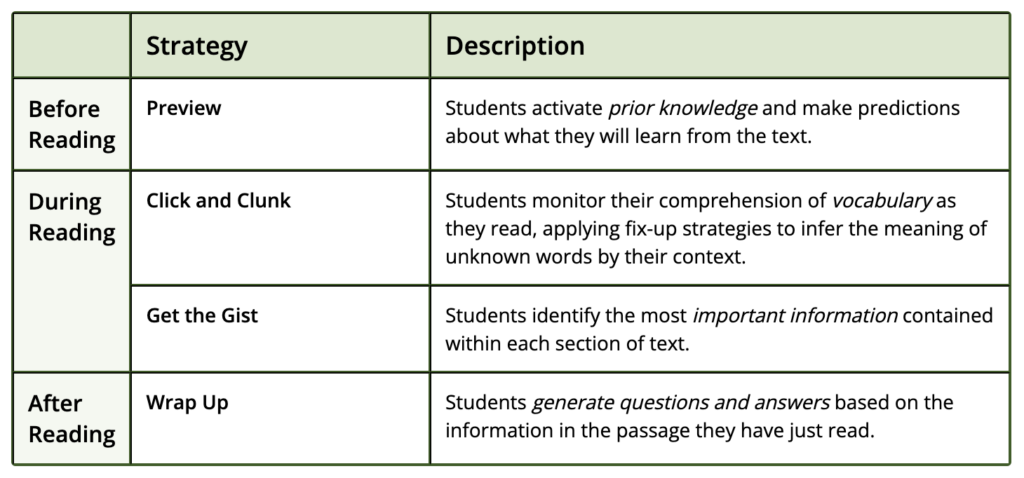
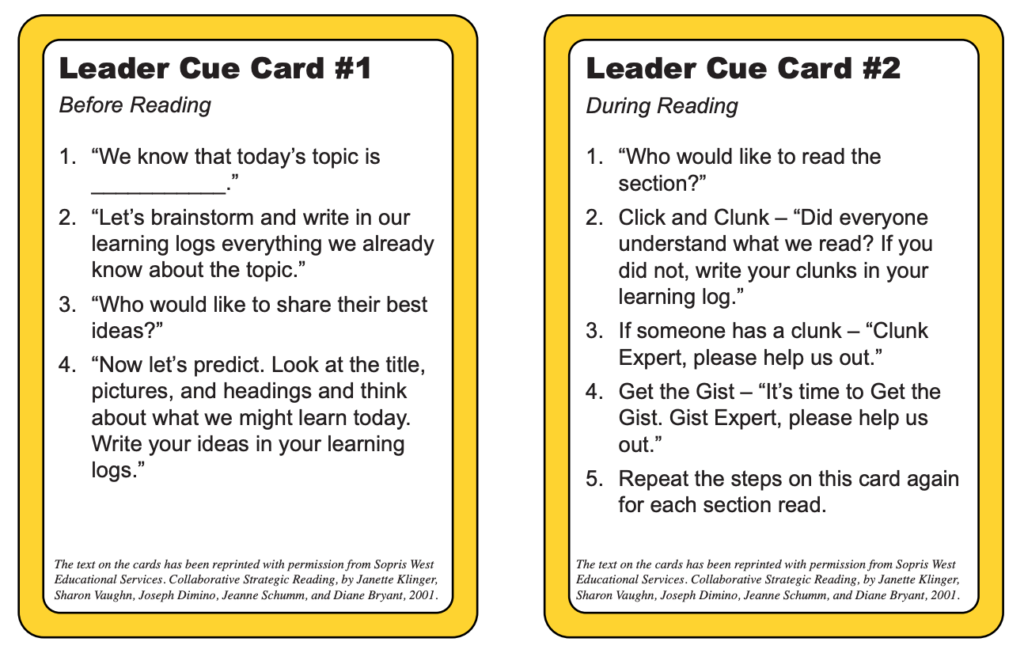
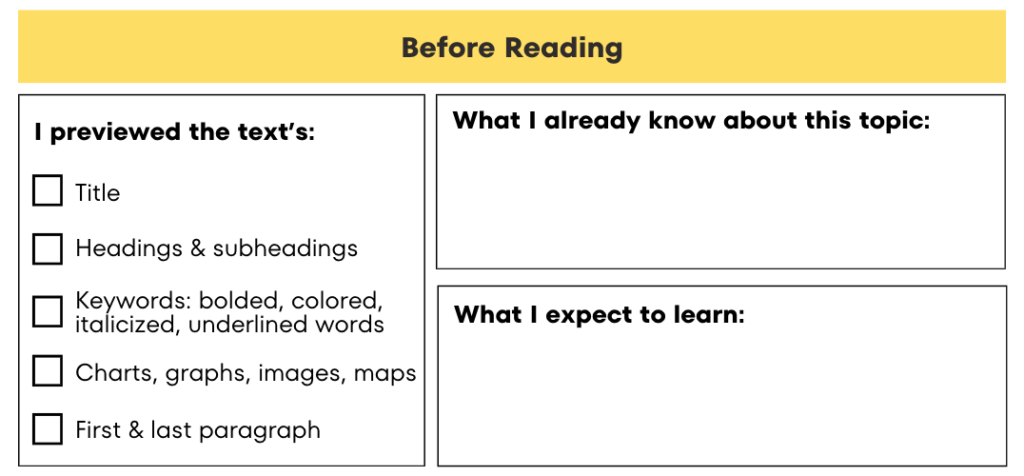
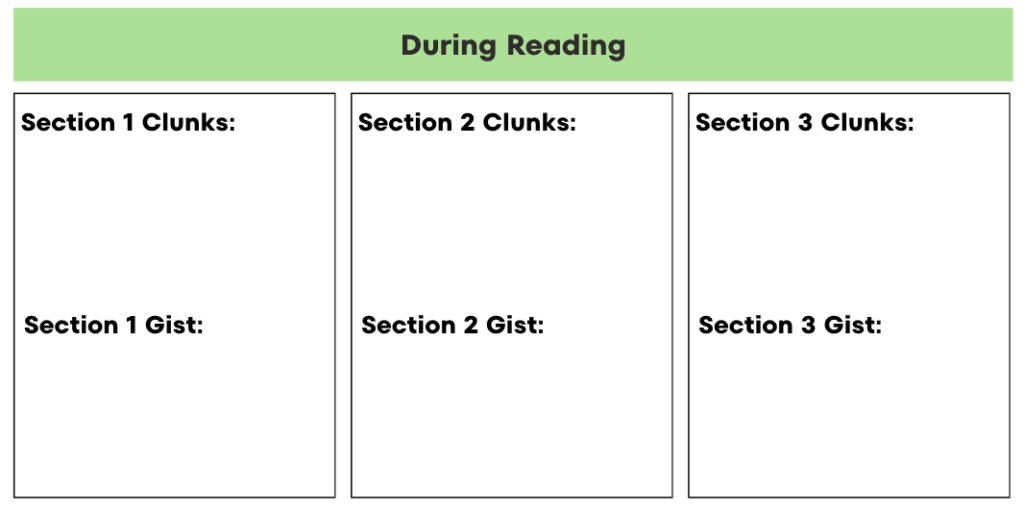

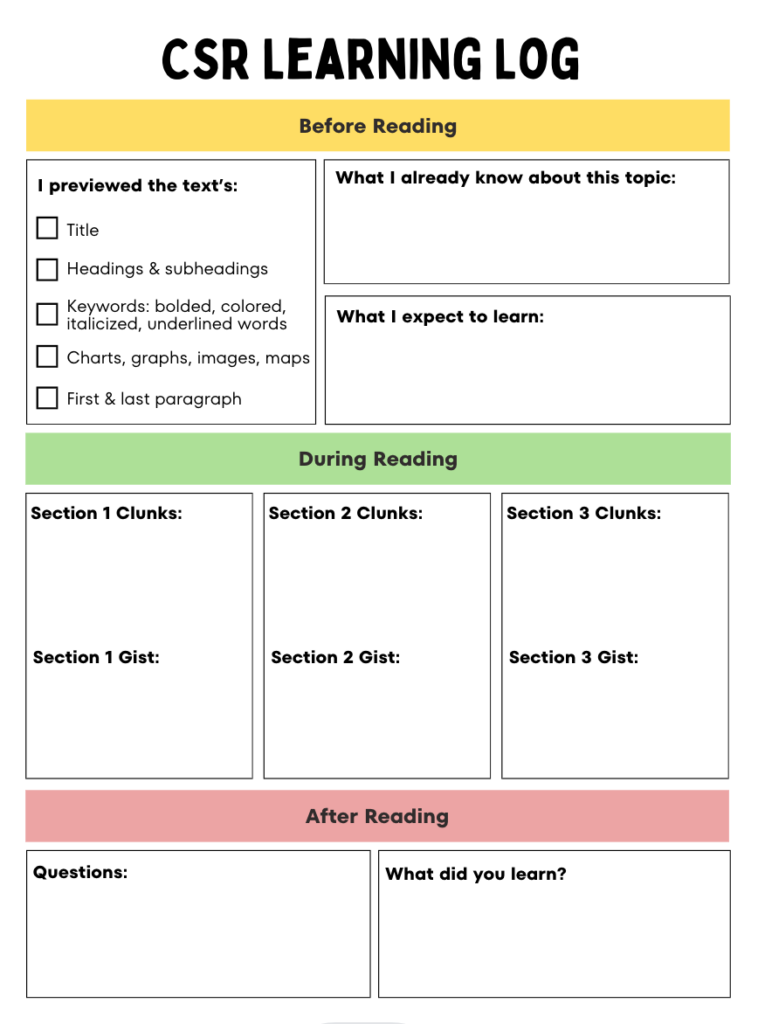

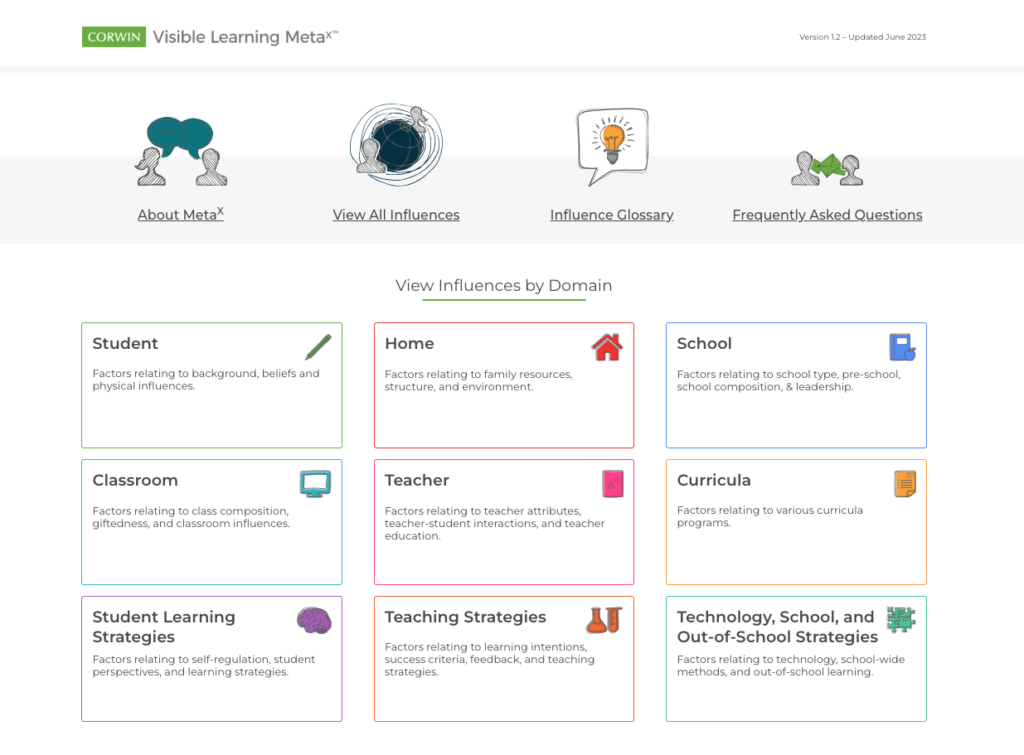
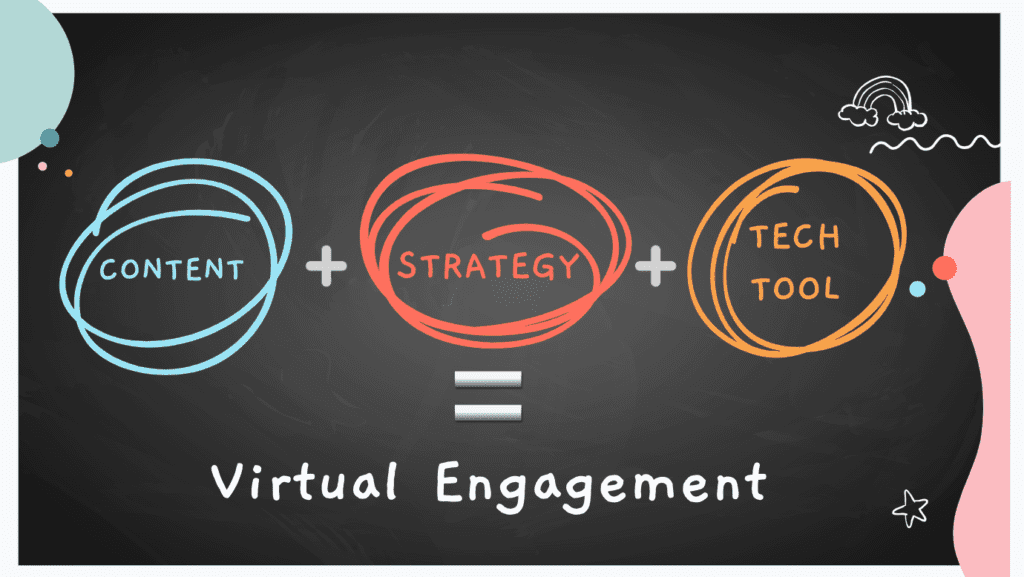
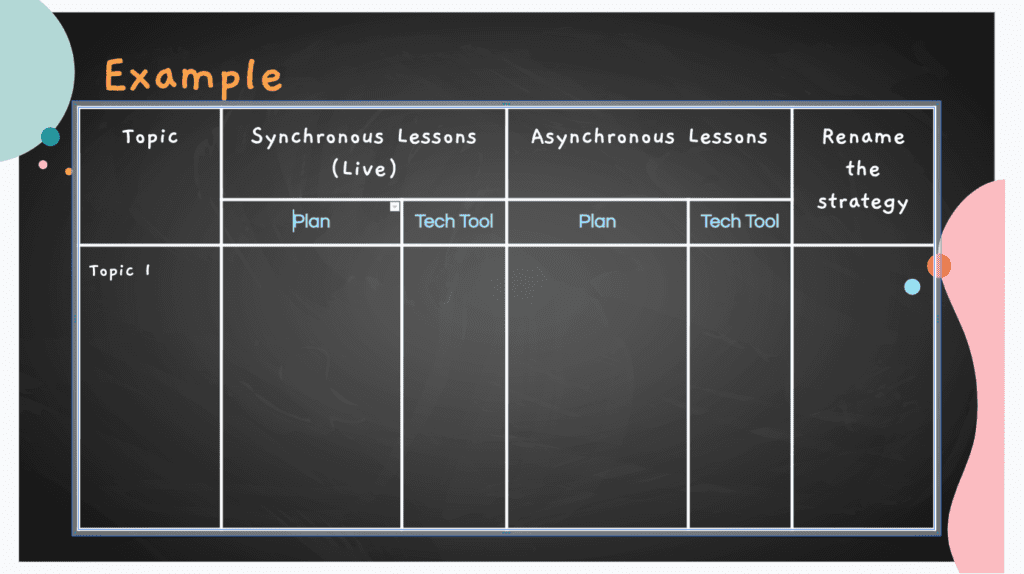
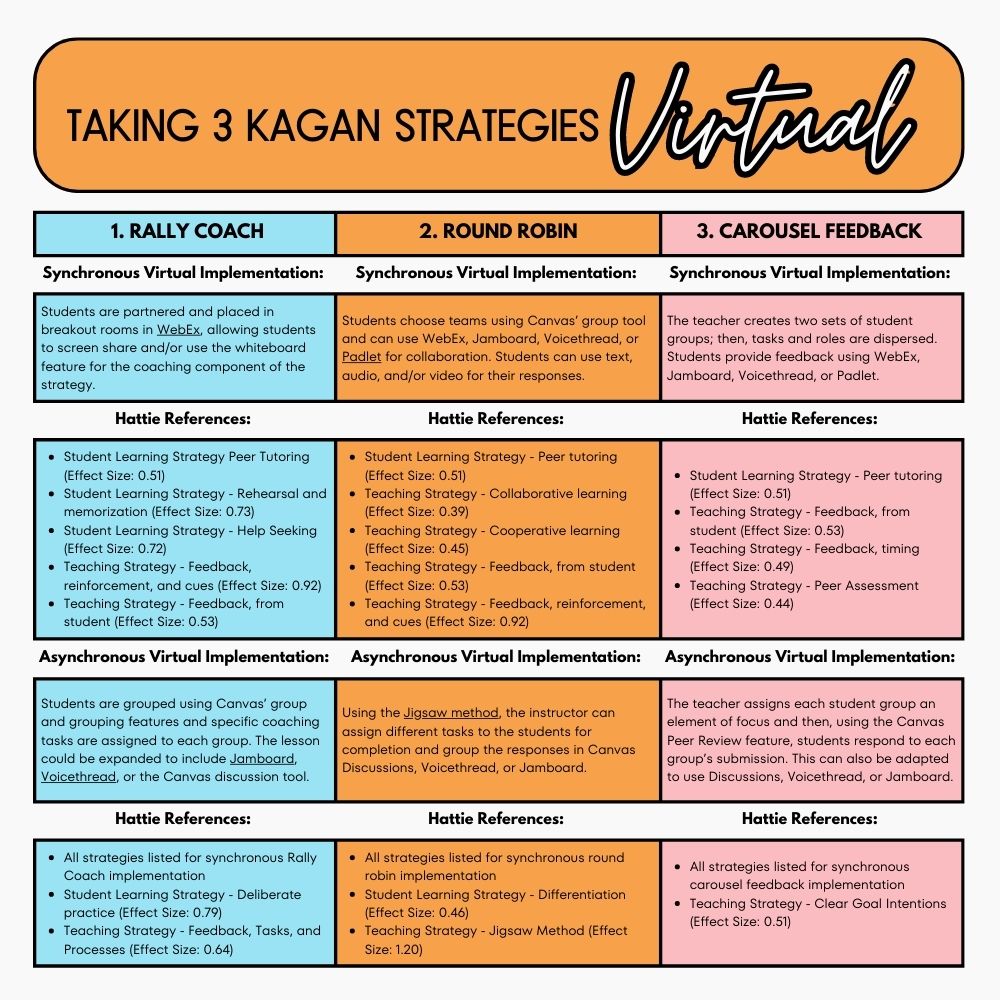
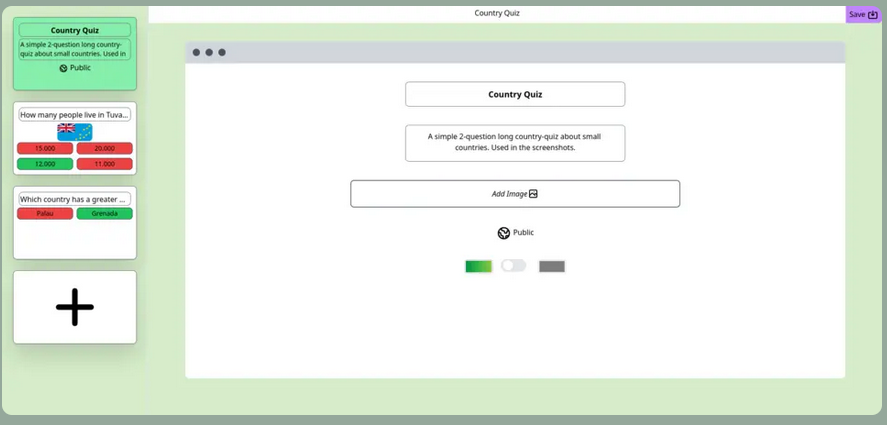
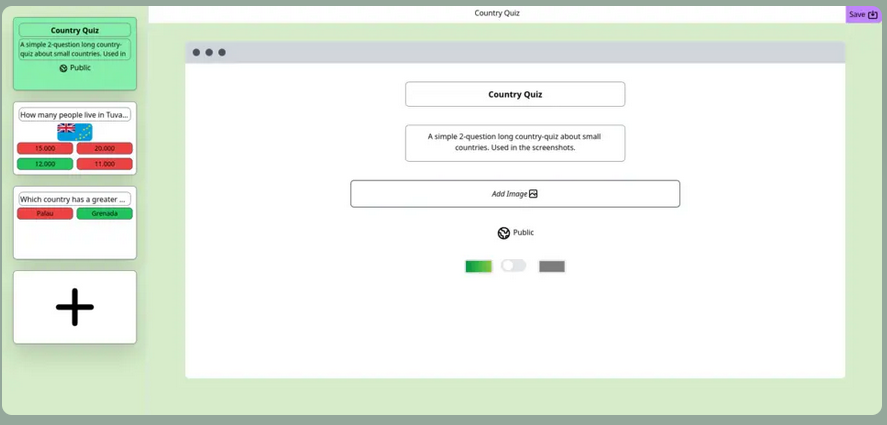
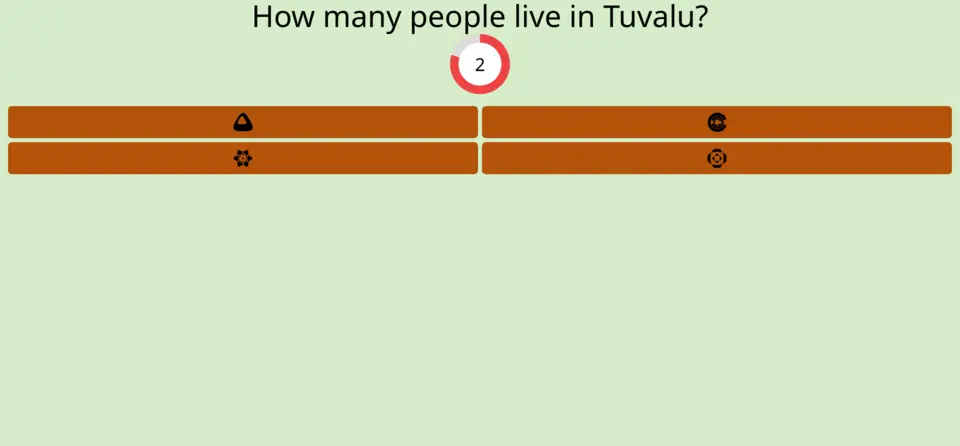


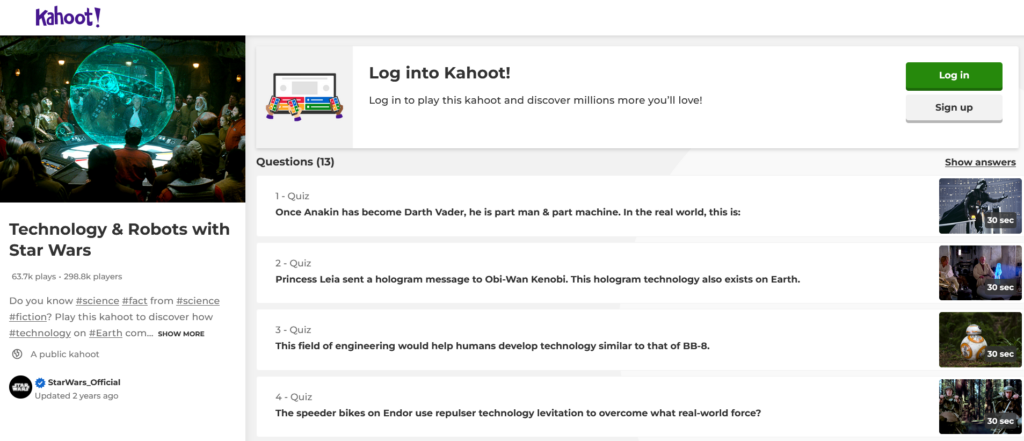
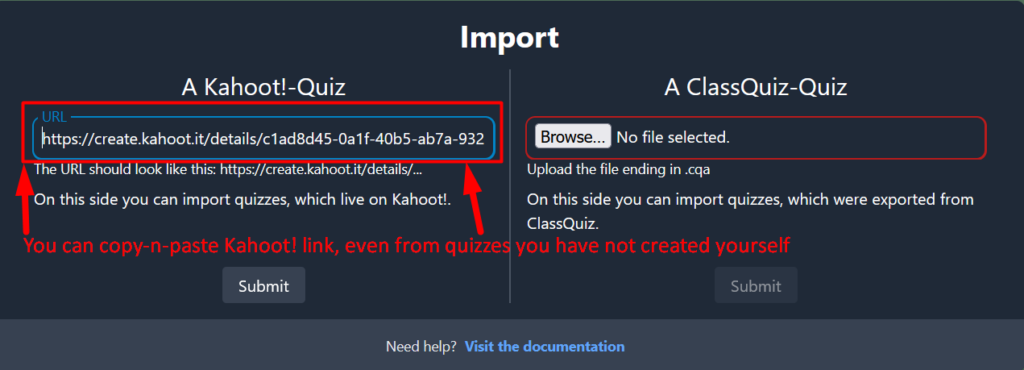
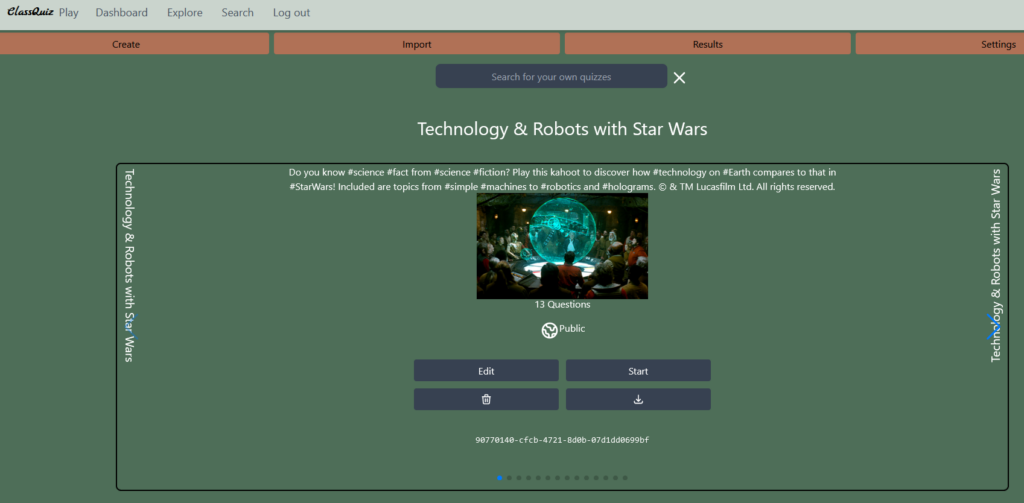
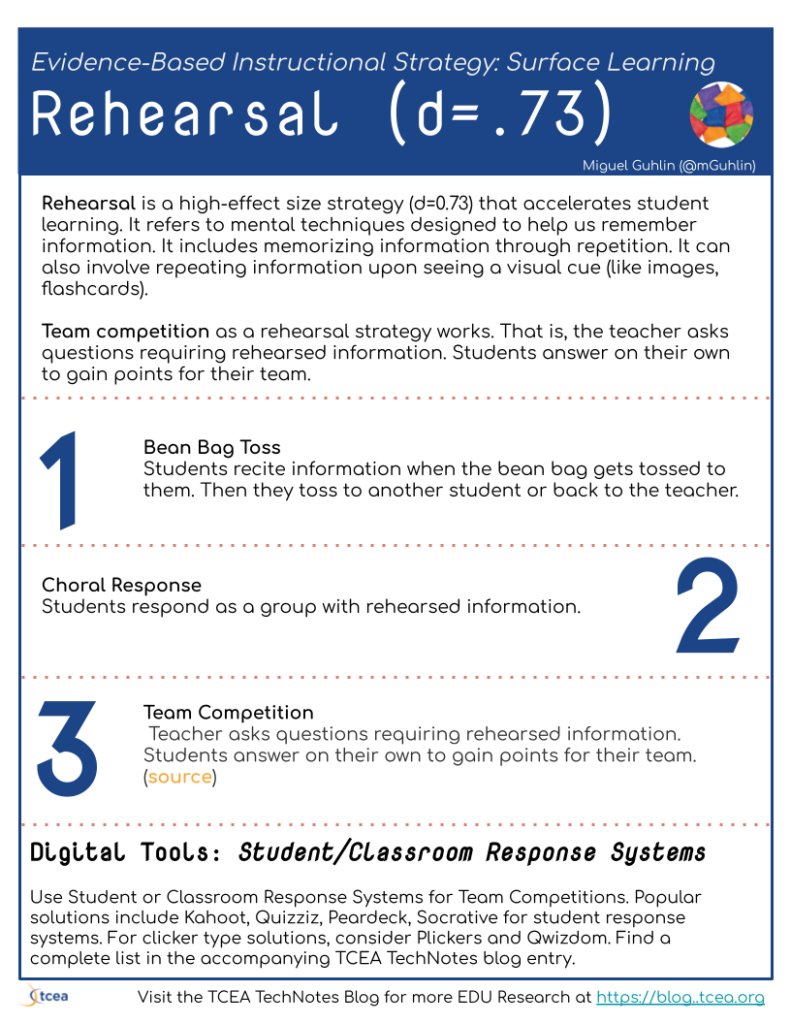
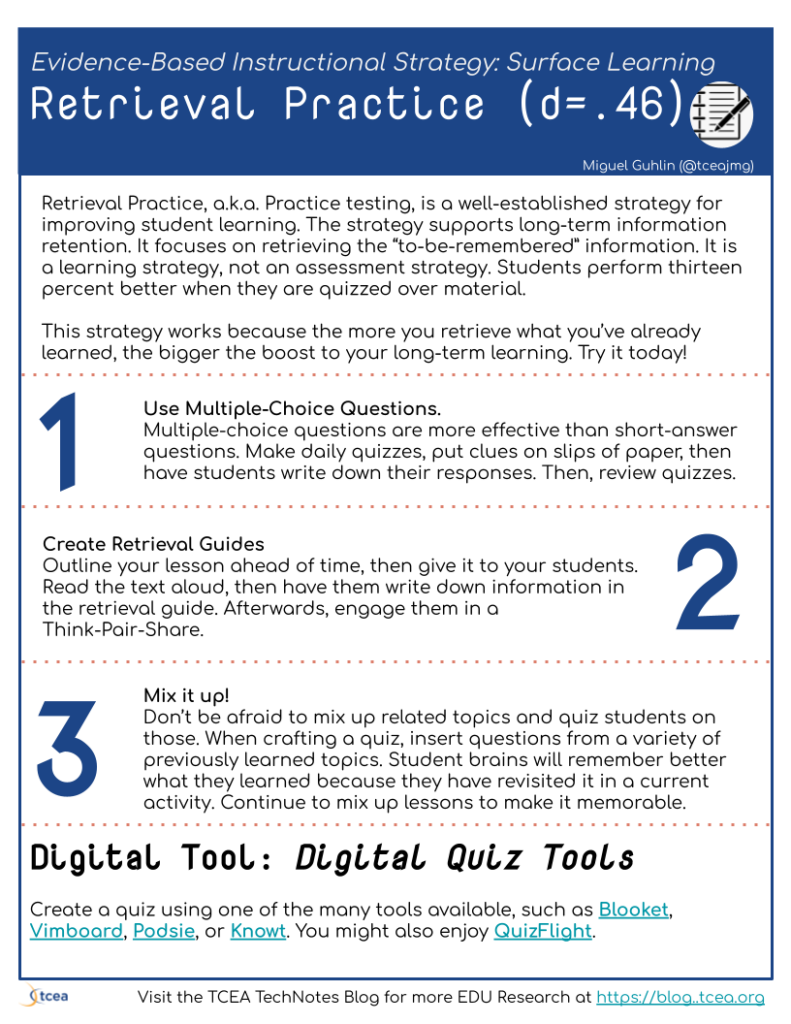

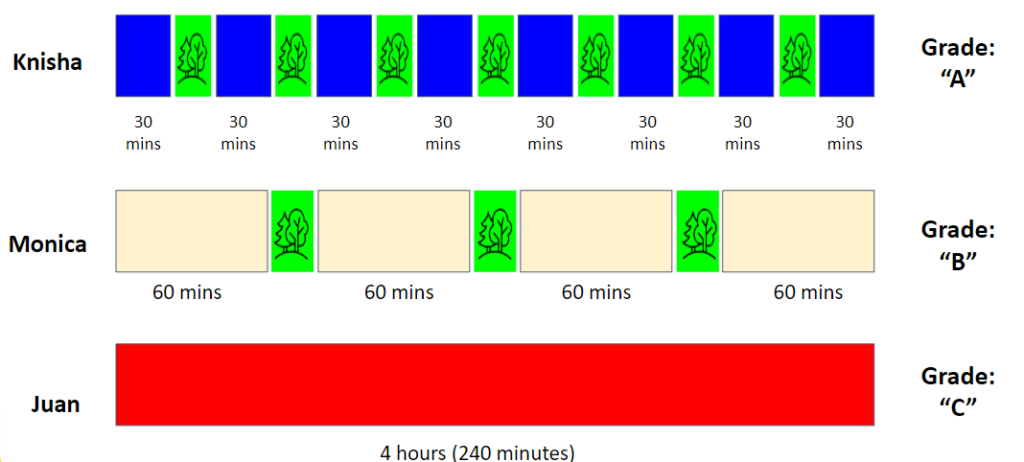
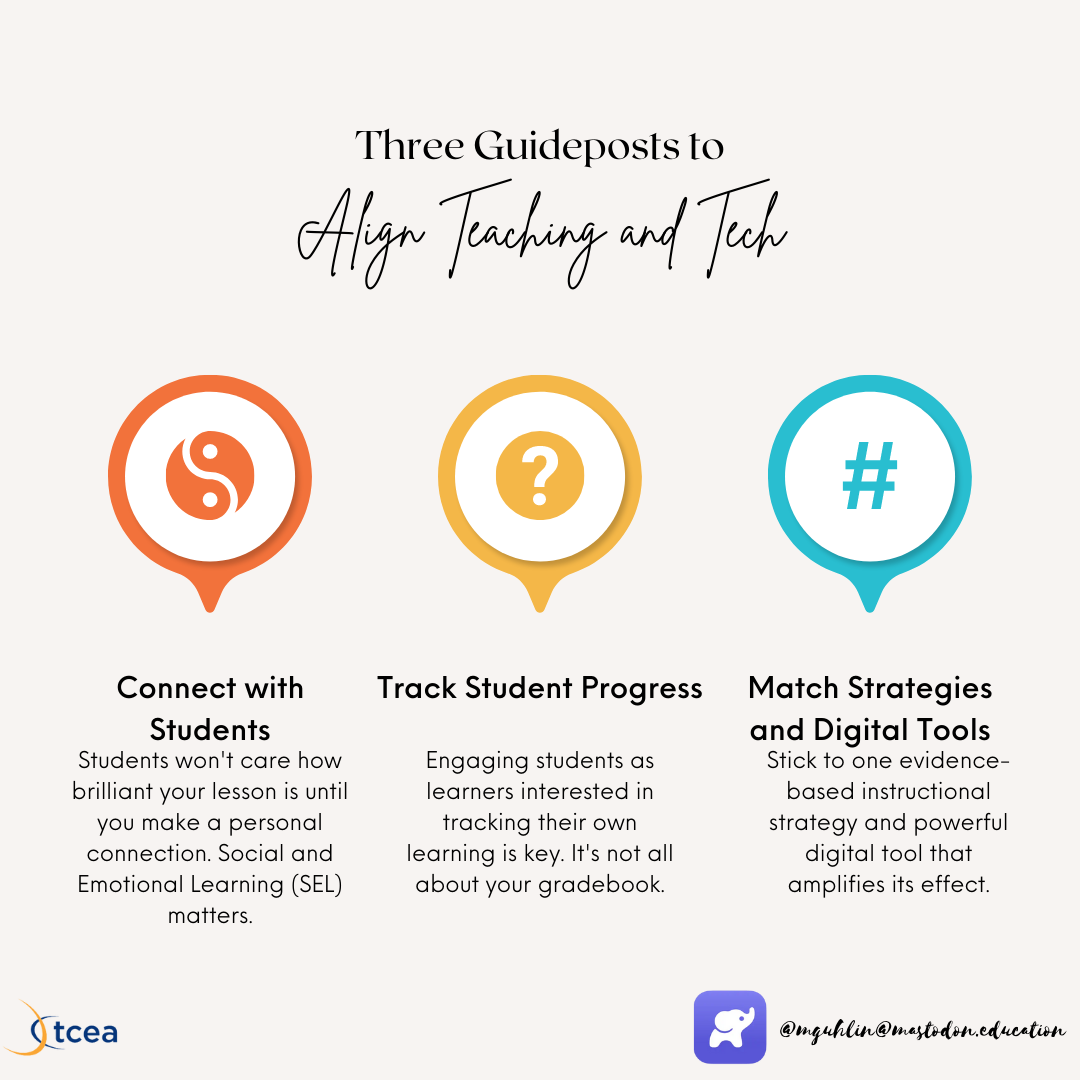
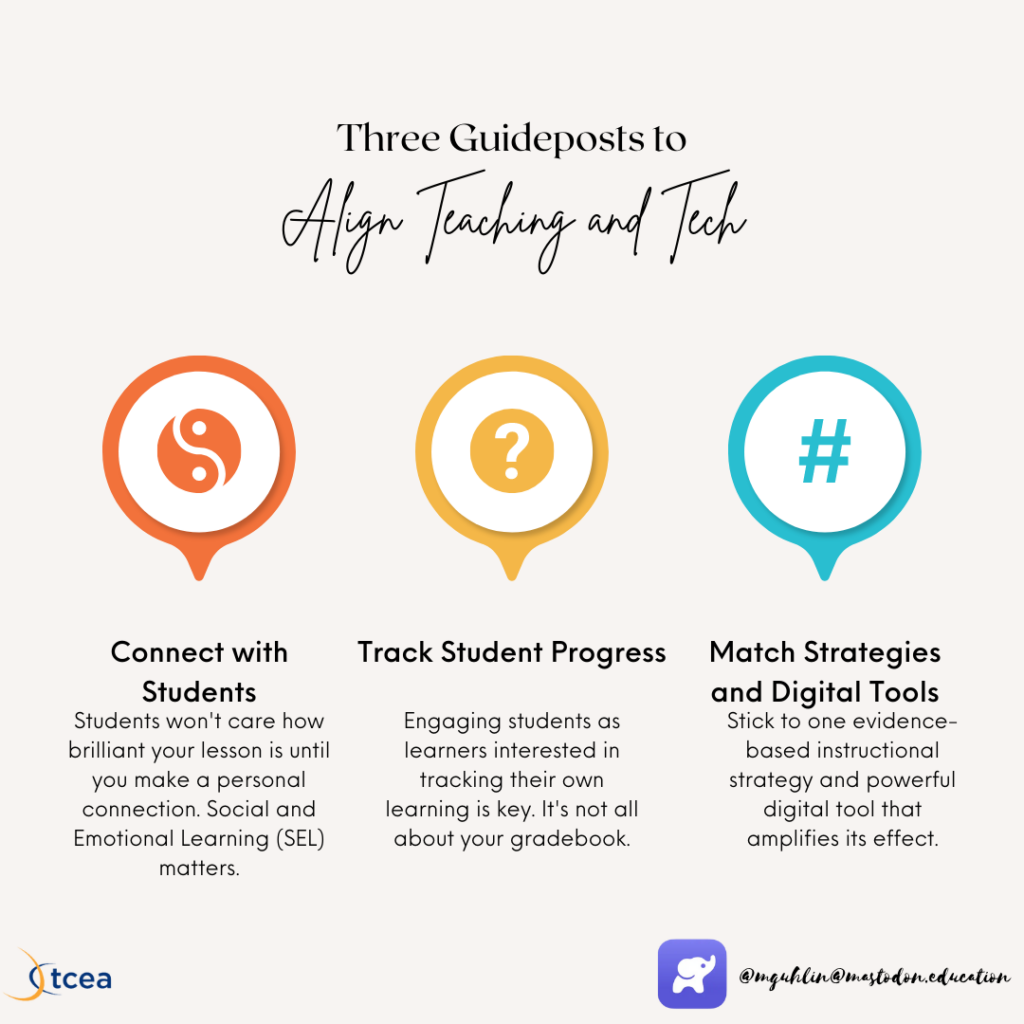
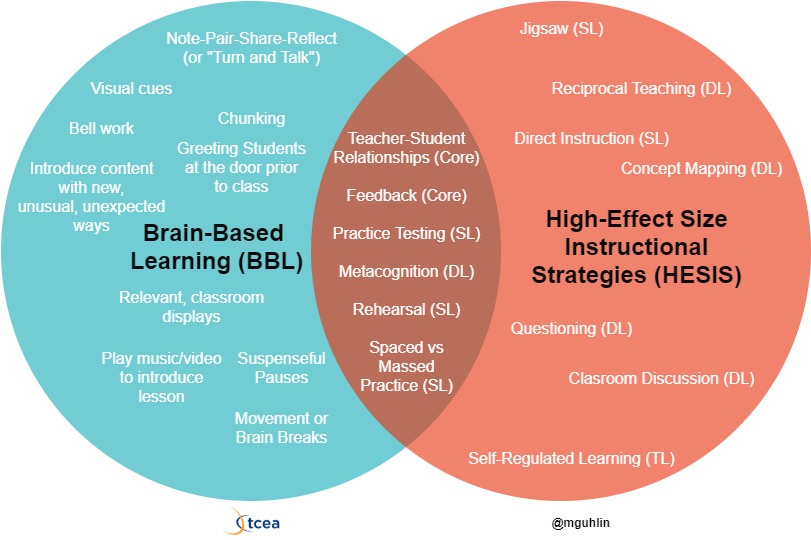
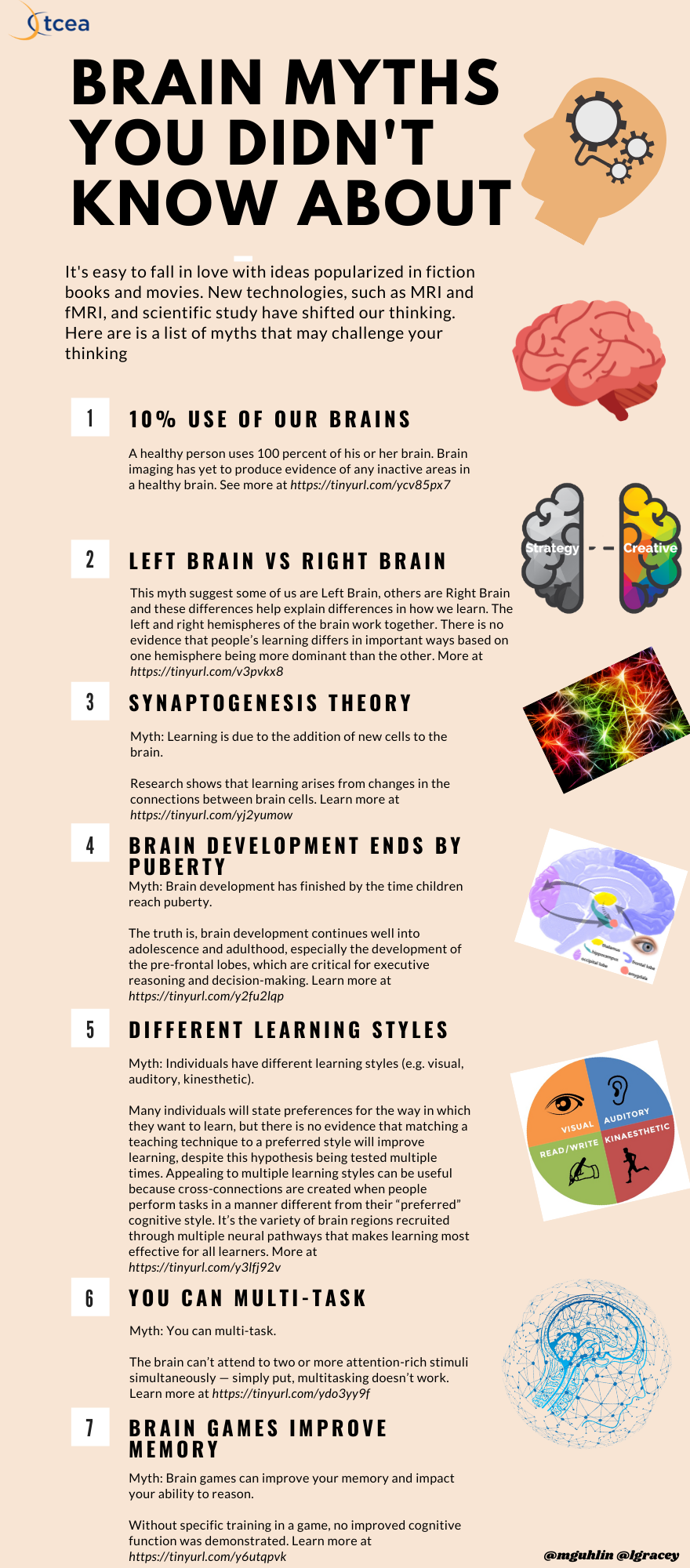
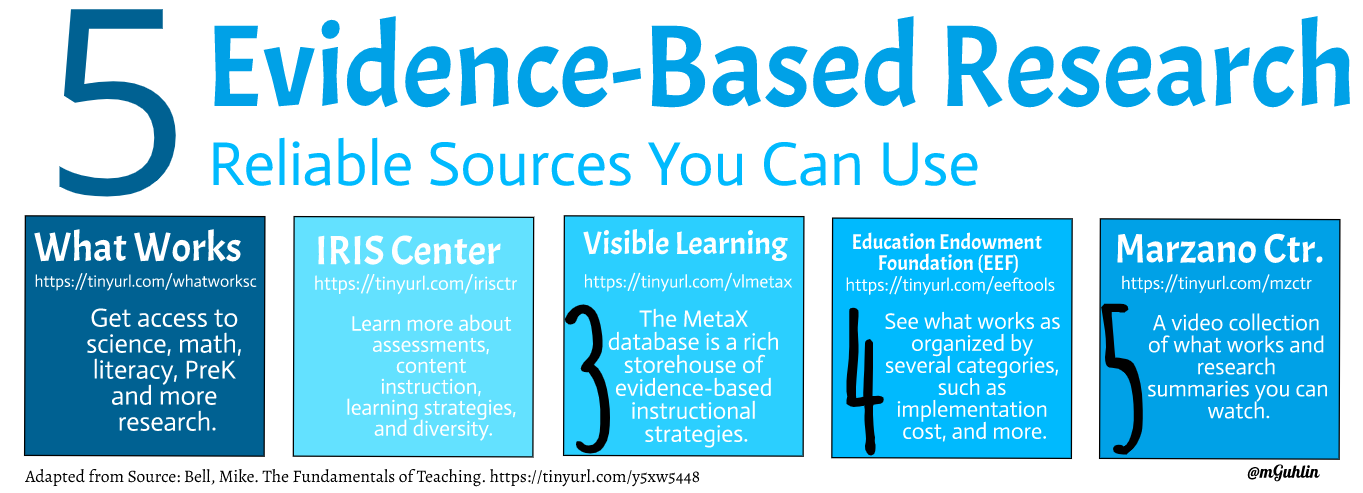

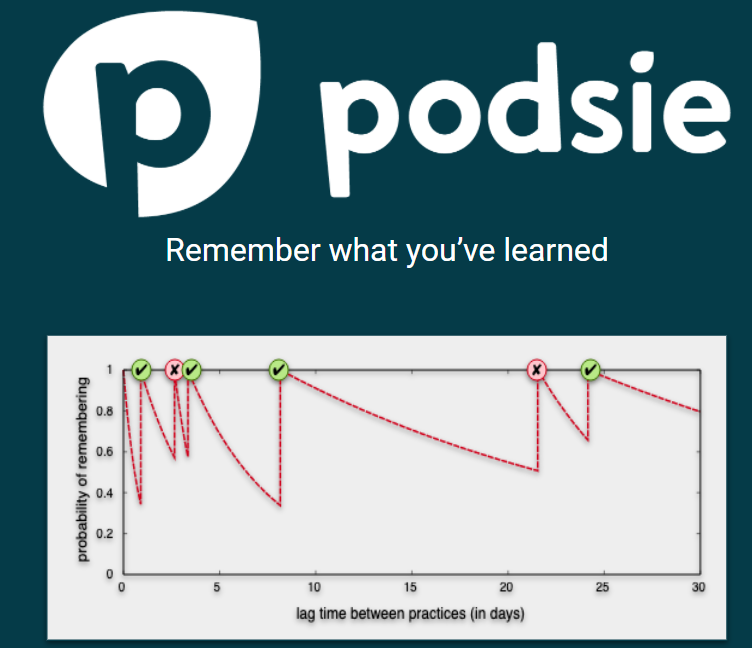


 What Is Evidence-Based?
What Is Evidence-Based?

